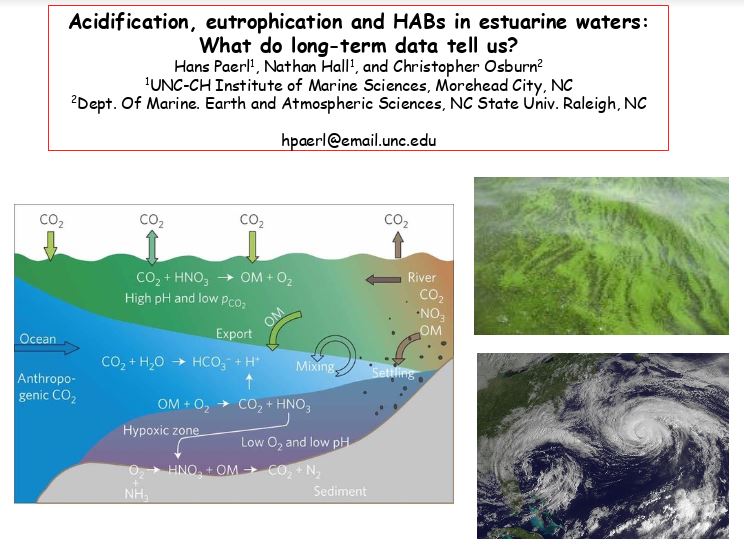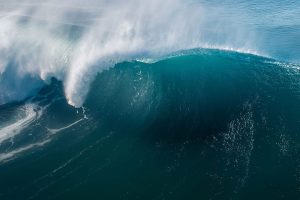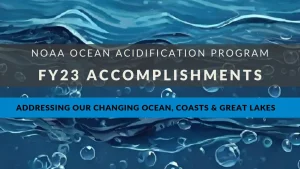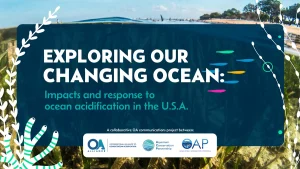Estuaries receive and process nutrient loads generated in coastal watersheds and often exhibit accelerated rates of primary production (eutrophication), phytoplankton blooms, hypoxia and associated water quality and habitat declines. As such, they are highly dynamic with respect CO2 fixation and mineralization of autochthonous organic matter (OM), which modulate pH. Watershed-derived (allochthonous) OM plays an additional role in mediating carbon fluxes and pH. Increasing anthropogenic activities as well as climatic changes (more extreme episodic rainfall events and increasingly variable wet/dry cycles) impact nutrient and inorganic/organic carbon loading to estuaries. Long-term monitoring of these parameters in North Carolina’s Neuse River Estuary and downstream Pamlico Sound, NC, as well as Chesapeake Bay’s main stem reveals dynamic responses in primary production, phytoplankton biomass (as chlorophyll a), organic and inorganic nutrients, dissolved inorganic carbon (DIC) and pH, reflecting the effects of variable nutrient-and OM-enriched freshwater discharge. Data from >20 year monitoring of these estuaries show only marginal trends in pH. In both systems, pH has risen slightly at upstream, nutrient-enriched locations, while downstream there is either no change or slight negative trends. Acidification is controlled by multiple interacting factors, including rates of primary production (CO2 fixation), which in some estuaries have increased due to eutrophication, tending to drive pH up, and mineralization of autochthonous and allochthonous organic matter, driving pH down. Large storm events, including increasingly high rainfall tropical cyclones, cause episodic drops in pH through “freshening” accompanied by large OM loads. With regard to potential linkages of autochthonous (within system) OM production due to algal blooms and effects on pH, we note that the estuary cannot mineralize more organic matter (driving pH down) than what is produced by algae and higher plants (driving pH up), Therefore, unless every CO2 molecule that is fixed is remineralized, which is unlikely if we assume that some fixed C is buried or exported, one would expect no significant net acidification. In conclusion, estuarine pH trends driven by atmospheric- and ultimately estuarine enrichment of CO2 are masked by the combined effects of allochthonous OM and nutrient loading, and resultant eutrophication.
View the recording and complete this questionnaire after viewing.






